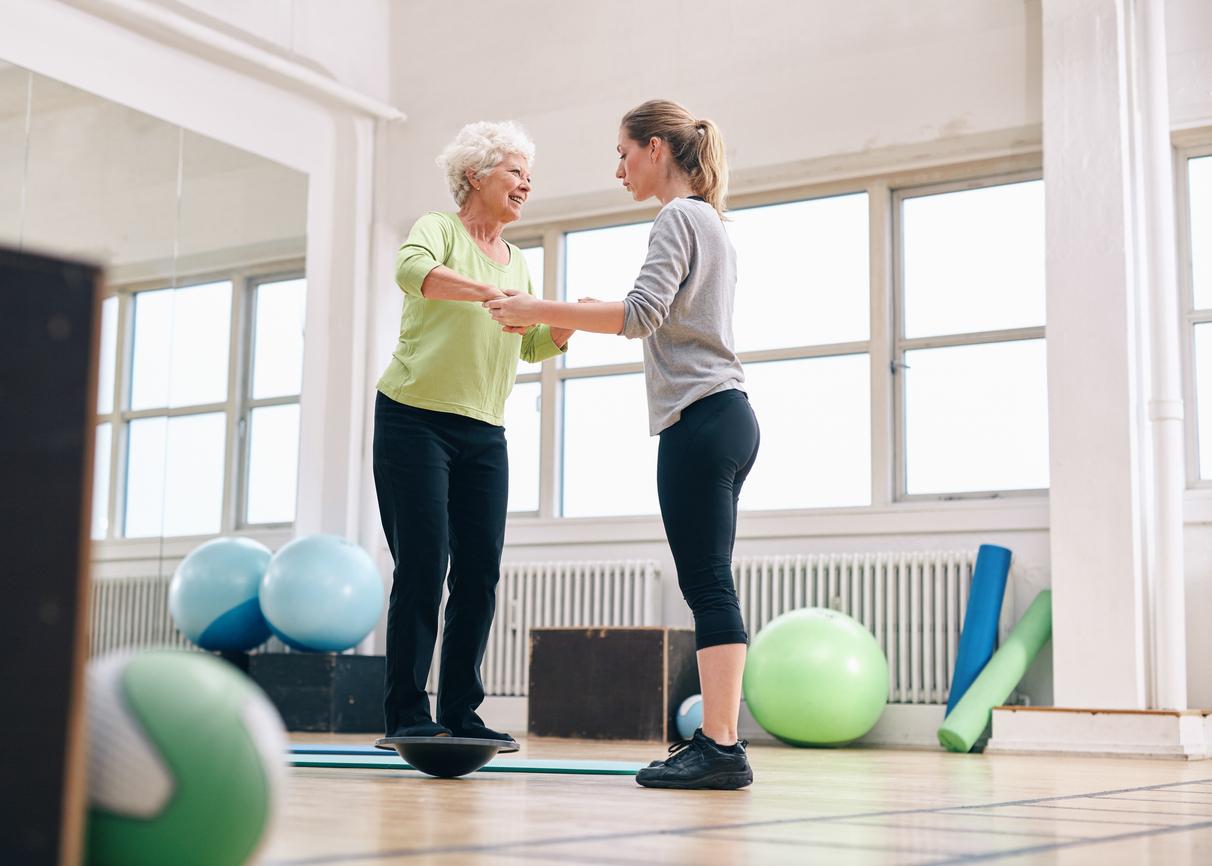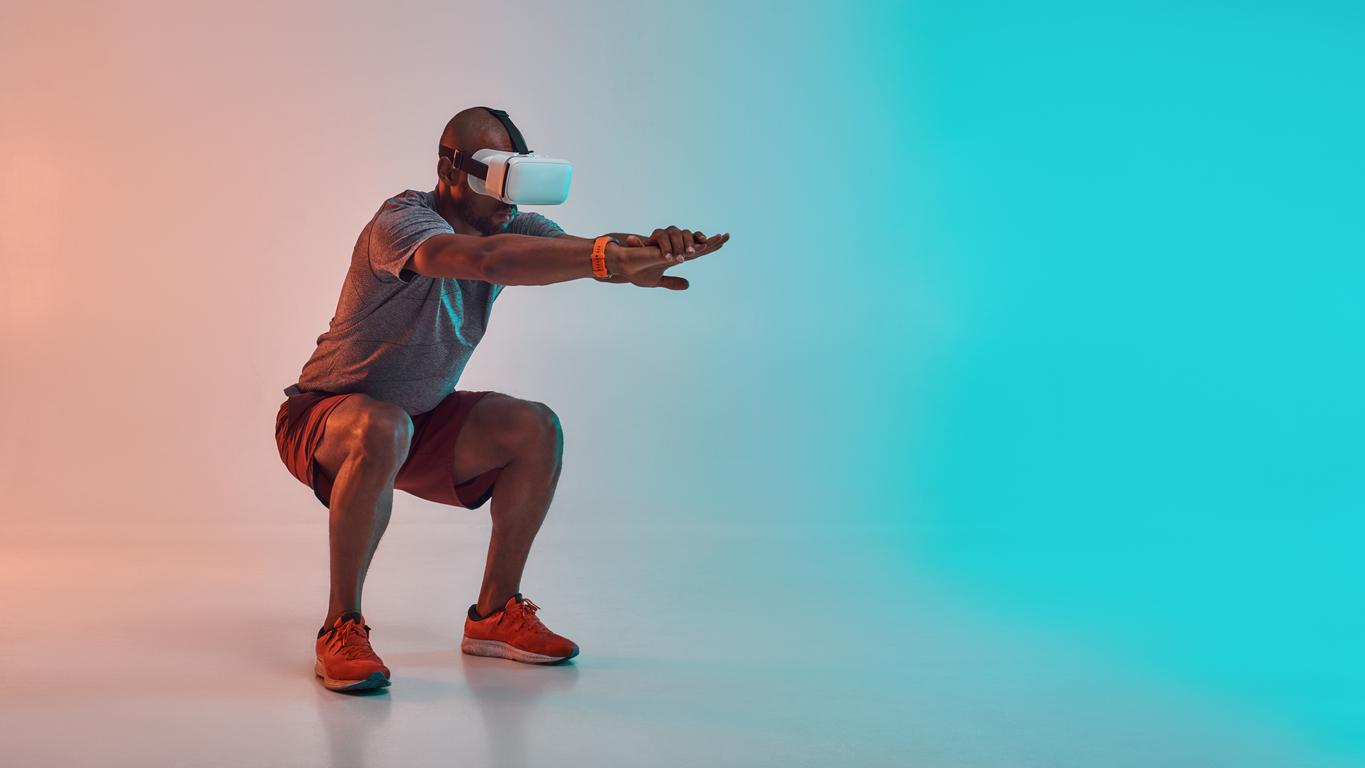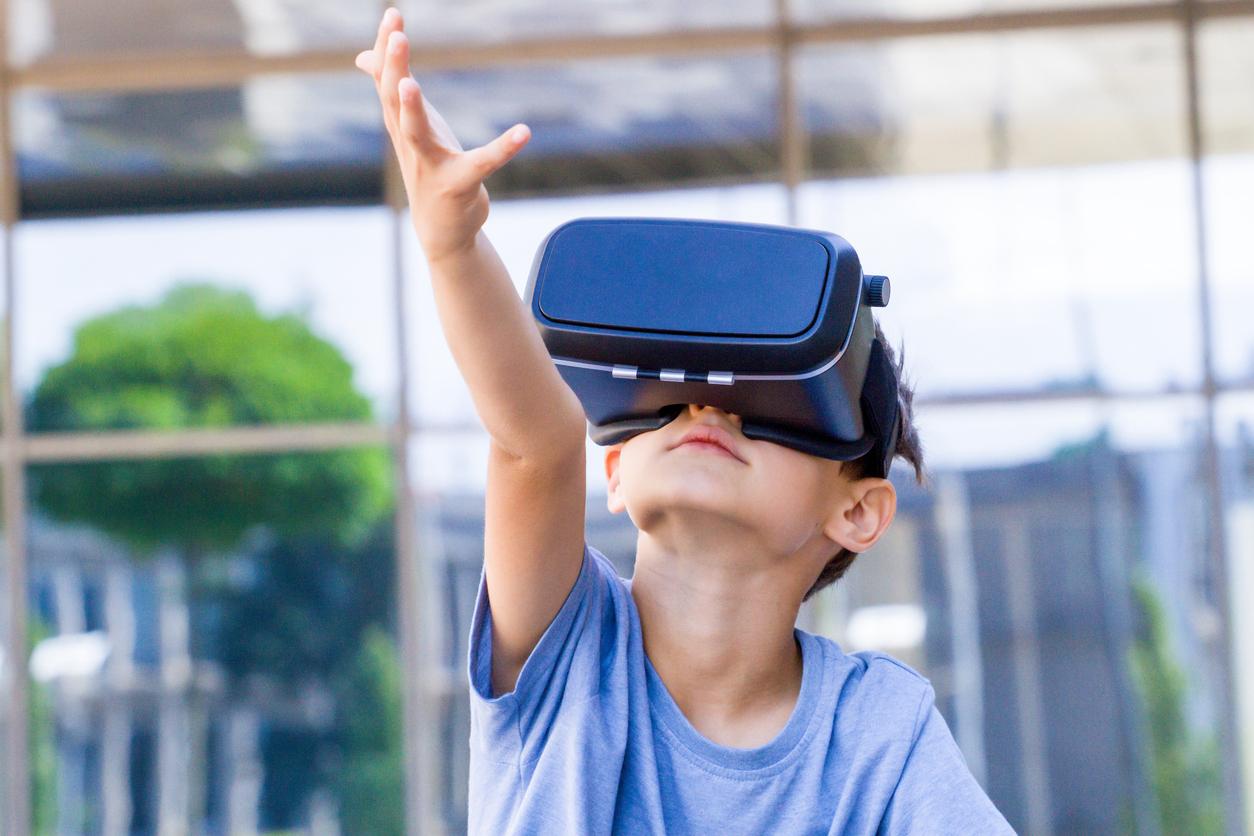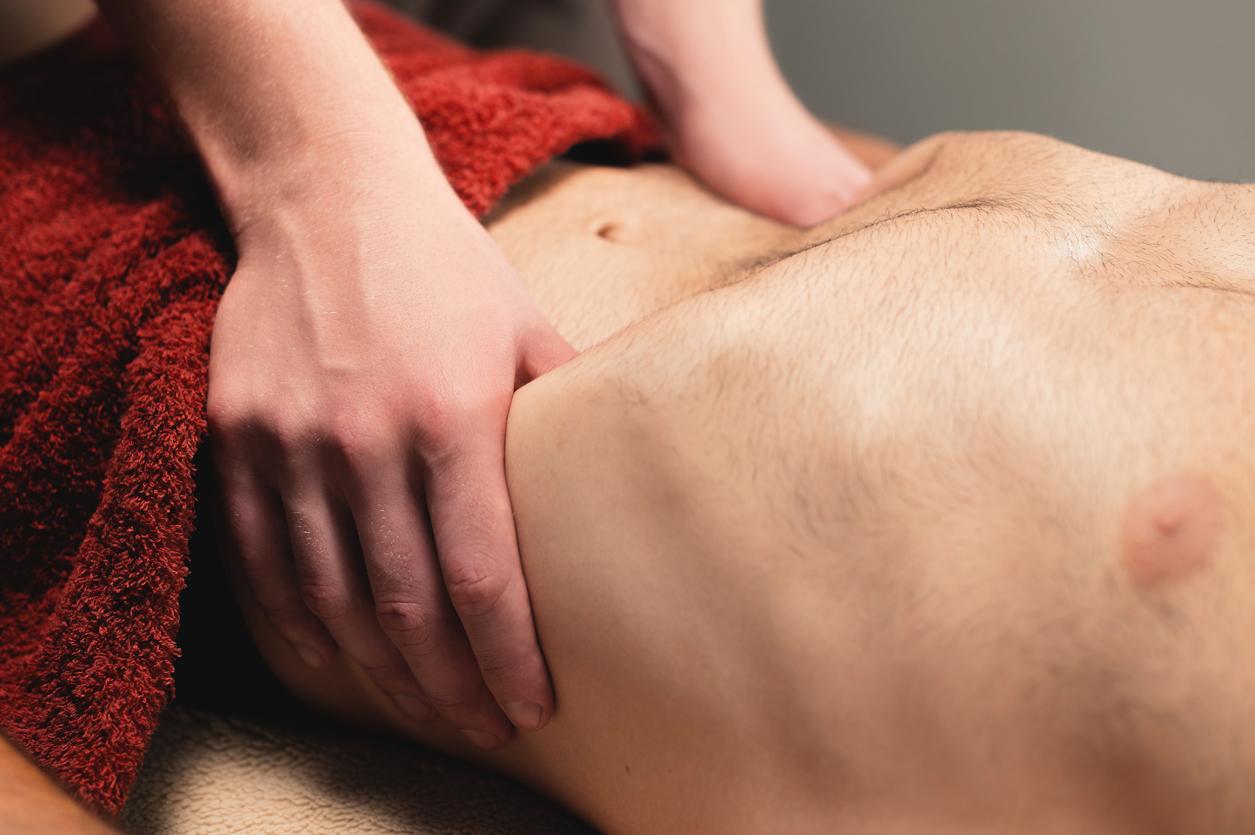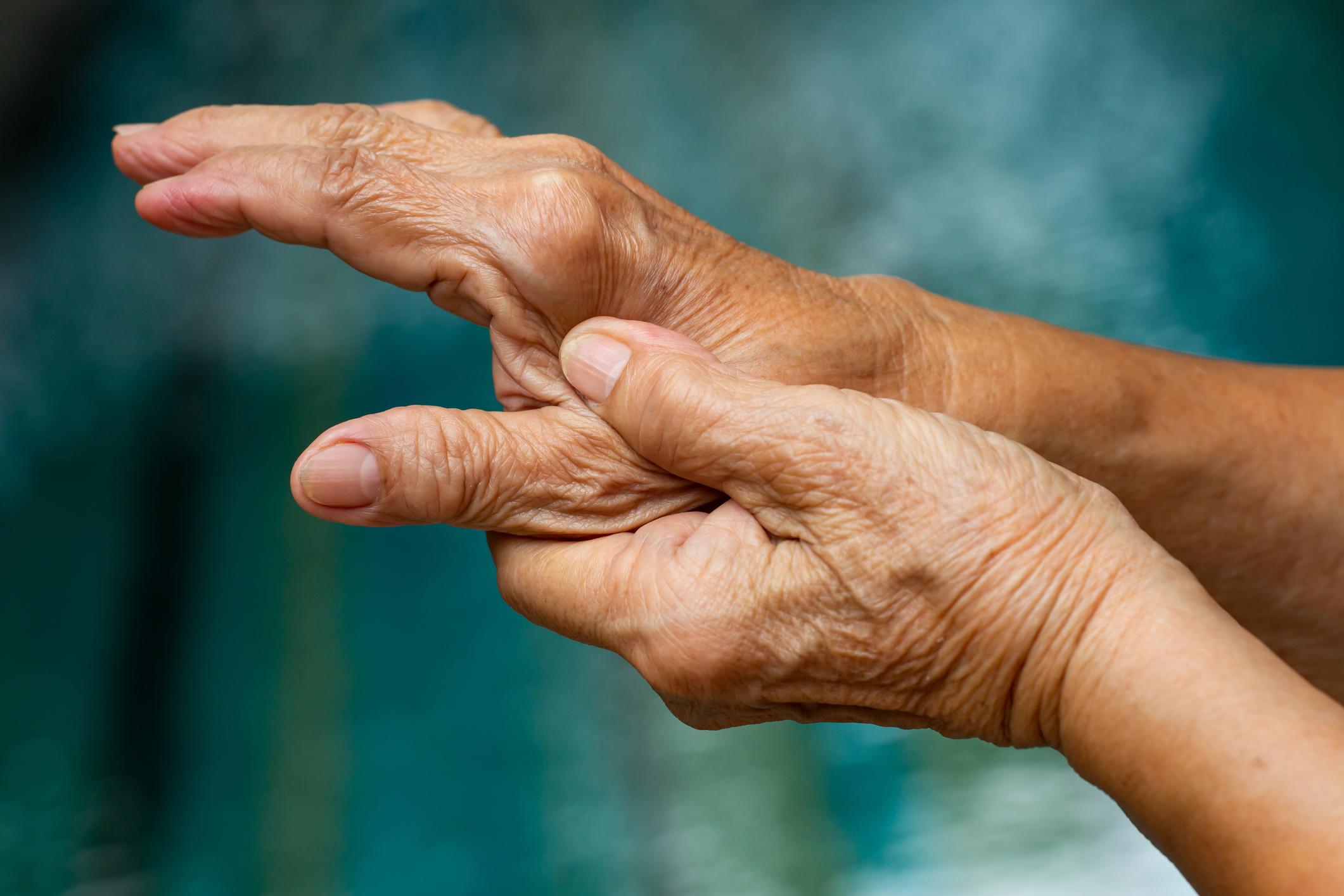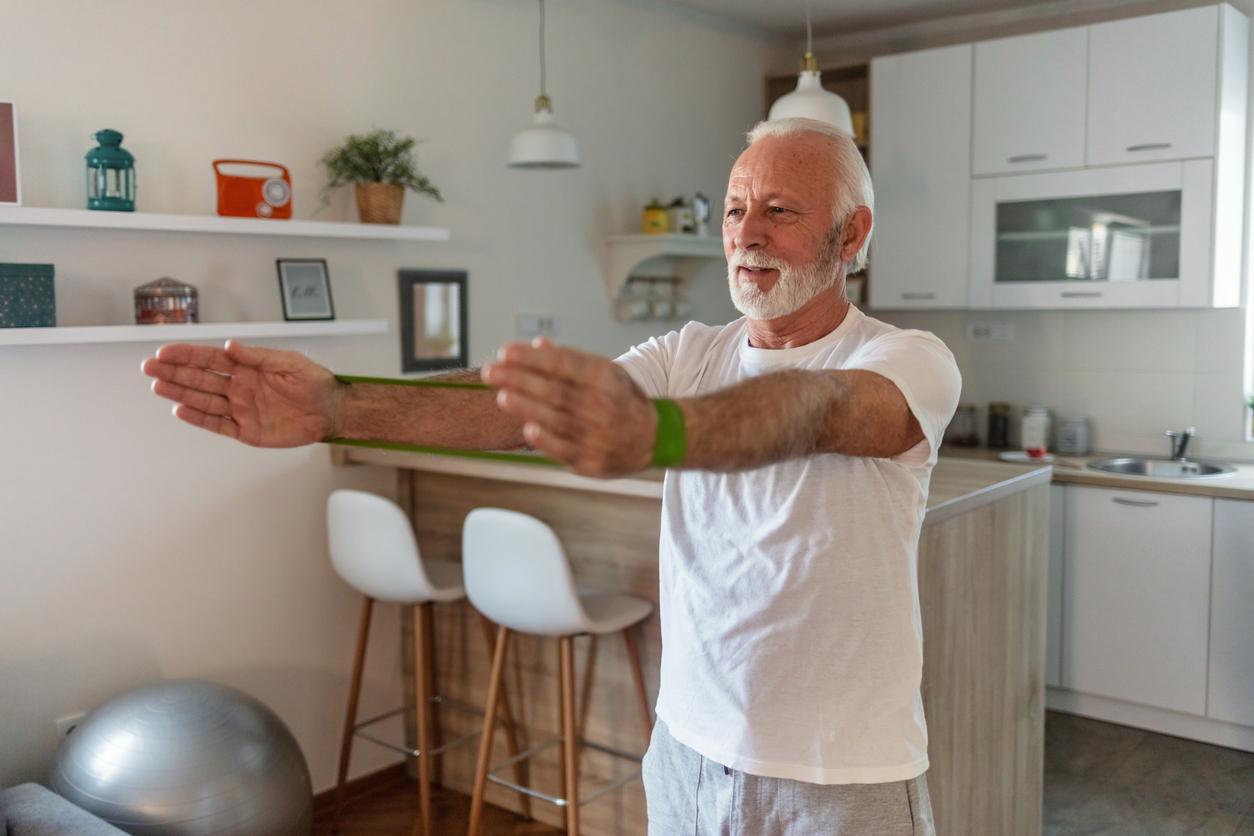According to a new US study, after knee replacement surgery, patients would benefit from using a virtual home physiotherapy (PT) system for their rehabilitation.
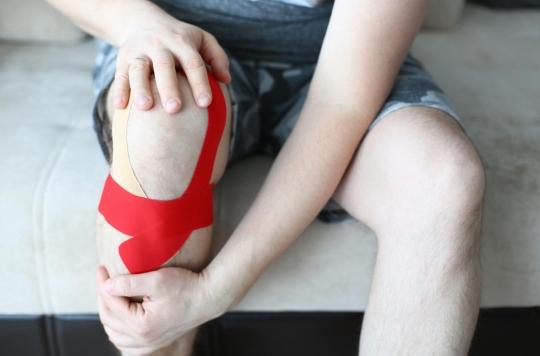
Osteoarthritis is the most common joint disease. It is characterized by a destruction of the cartilage which extends to all the structures of the articulation. One of its most common forms is at the knee. In cases of diffuse and advanced involvement, most people are offered a arthroplasty, an operation to replace the knee joint with a prosthesis. The latter will be either uni-compartmental to replace the internal or external compartment of the knee, or total to replace the two compartments of the joint. When a patient undergoes a total knee arthroplasty (TKA), he must undergo rehabilitation for three to four months.
However, many obstacles can stand in the way of this care, such as its cost and the shortage of physiotherapists. This is why researchers have wondered if virtual rehabilitation programs could be effective for patients. According to a study published on January 15 in Tea Journal of Bone & Joint Surgerythe virtual home physiotherapy (PT) system offers many benefits at a lower cost.
To reach these conclusions, researchers at Duke University (Durham, North Carolina, USA) followed 306 patients aged 65 on average and who had undergone knee arthroplasty. Participants were assigned to undergo traditional PT, either at home or during clinic visits, or virtual PT made possible through a virtual telehealth system called the Virtual Exercise Rehabilitation Assistant (VERA).
Fewer difficulties with knee function
The latter, approved by the Food and Drug Administration (FDA), the American drug agency, was manufactured to provide rehabilitation services at a distance. It includes a digitally simulated trainer that gives visual and audio instructions and guides the activity using 3D technology. The latter allows the evaluation of the patient’s pause and movement as well as immediate feedback on the quality of the exercise. In addition to this, once a week, the patient has contact with a physiotherapist via video connection. The specialist monitors his progress and reports to the surgeon before follow-up clinic visits. If needed, the patient can benefit from in-person physiotherapy.
During the study, patients using the VERA system performed physiotherapy an average of 5.9 days per week compared to 3.3 for the others. In addition, 88% of patients in this group declared that they had performed all the exercises assigned to them, compared to 65% for the others.
After 12 weeks of rehabilitation, knee function and walking speed were similar in the virtual and conventional groups. Even better: during sports and recreational activities, patients in the virtual group reported fewer difficulties with knee function. As for visits to doctors, the emergency room or urgent care, the researchers found no difference. If the risk of falling was a little higher among patients in the virtual group, the latter had, on the other hand, been readmitted to hospital less after their operation.
A big potential
Finally, regarding price, over the 12 weeks following TKA, the median total costs were $1,050 for patients assigned to the virtual rehabilitation system, compared to $2,805 for traditional rehabilitation.
“Compared to traditional PT at home or in the clinic, virtual PT with tele-rehabilitation for skilled clinical monitoring significantly reduced healthcare costs for three months after TKA while providing similar efficacy,” Janet comments. Prvu Bettger who conducted the study.
“These findings have important implications for patients, healthcare systems and payers and suggest that virtual PT with a telehealth therapist for remote clinical monitoring and referral should be considered for patients after TKA ”, therefore note the researchers. While further research needs to take place to guide the implementation and adoption of these virtual systems, they have the potential to improve access to care while reducing physiotherapy costs for patients undergoing joint replacement surgery. of the knee, concludes the study.
Virtual reality games to advance in physiotherapy
In France, up to 25 rehabilitation sessions can be covered by health insurance without prior agreement for patients who have undergone knee arthroplasty by total or partial prosthesis. Physiotherapy acts are covered at 60% of the conventional rate, then complementary health insurance reimburses the difference. The physio can be prescribed by the general practitioner, a specialist or a surgeon.
In France, some professionals are starting to form partnerships with KineQuantum, a startup that wants to put virtual reality at the service of physiotherapy. By integrating rehabilitation exercises into a video game, patients’ psychological barriers are more easily circumvented: they no longer focus on pain and goals are more easily achieved. For example, for shoulder rehabilitation, the patient will have to shoot an archery to hit a target. The more he progresses in the game, the more he is motivated by the evolution of his score and can quantify the progress made in the context of his rehabilitation.

.







